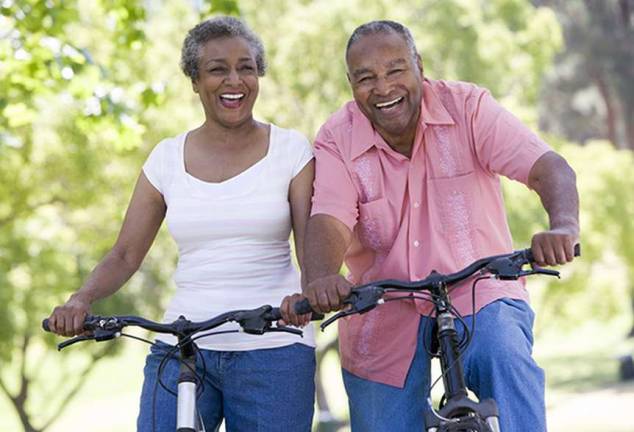Four ways exercise helps osteoarthritis

Osteoarthritis, the most common form of arthritis, occurs when protective cartilage inside a joint wears down. This type of arthritis is unheard of in children and is rare in young adults, but often occurs in older people and people who are overweight. Because of this, osteoarthritis was long considered a natural product of aging and everyday wear and tear on joint cartilage.
However, many experts now believe the cause is much more complex. External factors, such as injuries, can set the stage for osteoarthritis, but how fast it progresses and how severe it becomes depends on a number of factors.
But things are changing. Treatments are better, and plenty of people age well without much arthritis. If you have osteoarthritis, you can take steps to protect your joints, reduce discomfort, and improve mobility.
Work-out goalsEven the healthiest people can find it hard to stick with an exercise regimen — and if you suffer from the joint pain of arthritis, moving your body may be the last thing you want to think about. But regular exercise not only helps maintain joint function, it also relieves stiffness and reduces pain and fatigue.
If you have arthritis, be sure your exercise routine has these goals in mind:
1. A better range of motion. To increase your range of motion, move a joint as far as it can go and then try to push a little farther. These exercises can be done any time, even when your joints are painful or swollen, as long as you do them gently.
2. Stronger muscles. Fancy equipment isn't needed. You can use your own body weight as resistance to build muscle. For example, this simple exercise can help ease the strain on your knees by strengthening your thigh muscles: Sit in a chair. Now lean forward and stand up by using only your thigh muscles (use your arms for balance only). Stand a moment, then sit back down, using only your thigh muscles.
3. Better endurance. Aerobic exercise — such as walking, swimming, and bicycling — strengthens your heart and lungs and thereby increases endurance and overall health. Stick to activities that don't jar your joints, and avoid high-impact activities such as jogging. If you're having a flare-up of symptoms, wait until it subsides before doing endurance exercises.
4. Better balance. There are simple ways to work on balance. For example, stand with your weight on both feet. Then try lifting one foot while you balance on the other foot for 5 seconds. Repeat on the other side. Over time, work your way up to 30 seconds on each foot. Yoga and tai chi are also good for balance.
Source: Harvard Medical School: health.harvard.edu